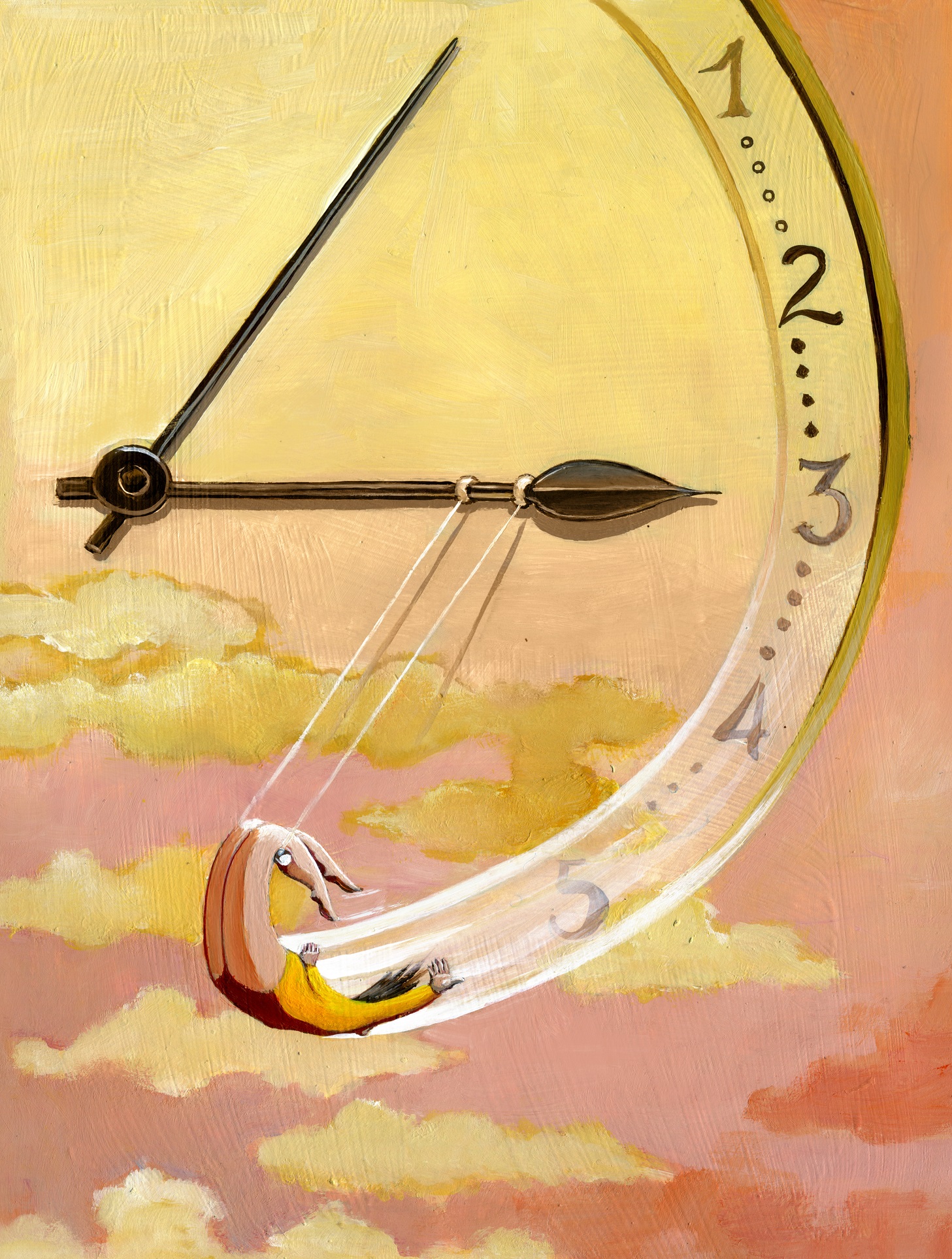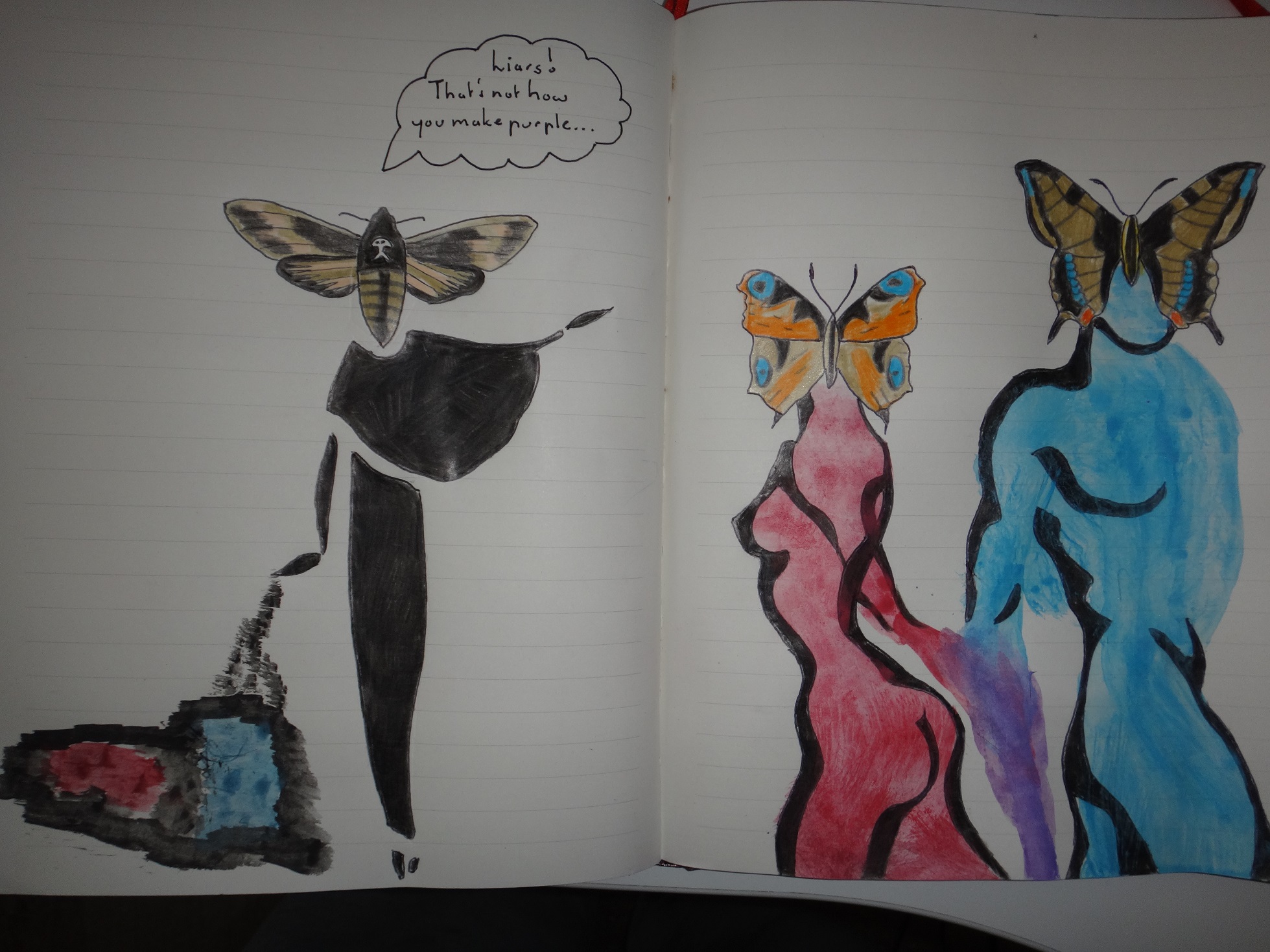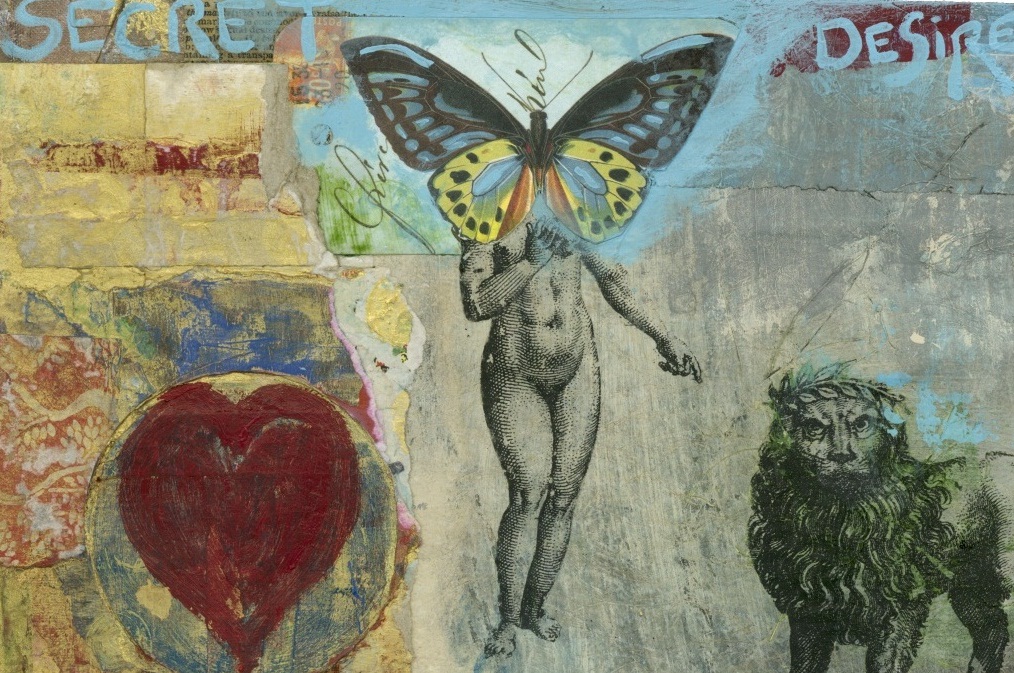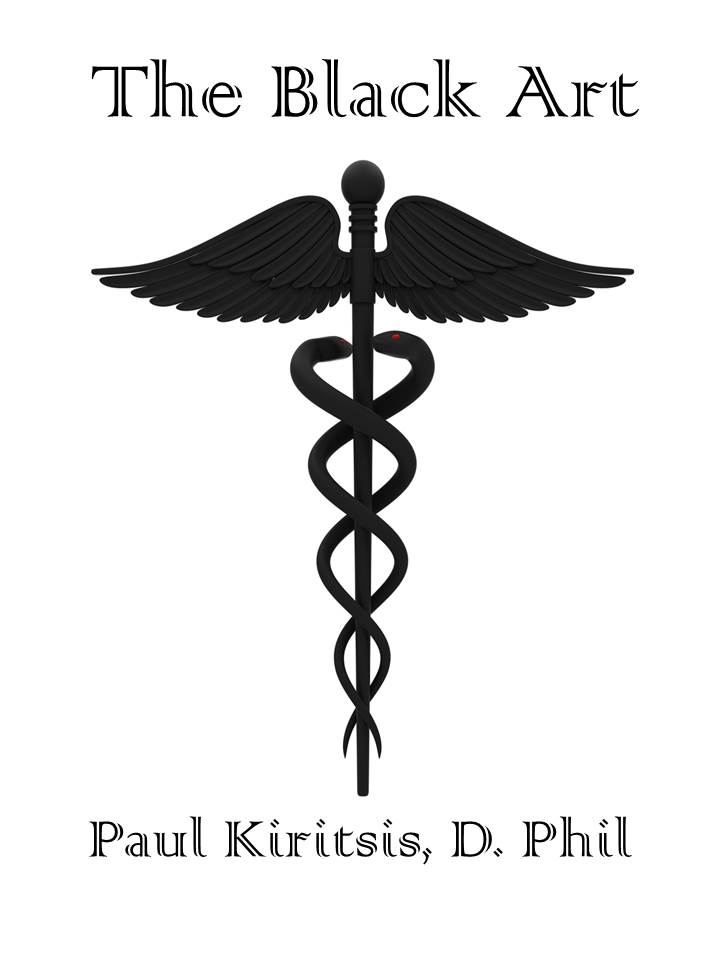
Much emphasis nowadays is placed upon Ptolemaic Alexandria as having provided the cultural humus out of which alchemical theory and practice arose. However a frequently ignored fact is that during this time the dual quest for the Philosopher’s Stone and the Elixir of Life had already evolved into a full-fledged denomination of inquiry for the Chinese. As a matter of fact, it just so happens that when Hellenistic scholars and philosophers busied themselves drawing together the practical and theoretical aspects of a tradition delineated by chemical stages as well as an end result in the Stone, Chinese alchemist Li Shao Chun was already attempting the first metallic transmutation at the Imperial Court of the Emperor Wu Ti (140-86bce) using cinnabar, an ore of mercury as his prima materia. Just like their Western descendants, the Chinese were intensely drawn to the mechanical art of chrysopoeia (gold-making) too, although not for the same purposes of posterity, immediate providence and fame (or notoriety in most cases) that motivated many European charlatans between the sixteenth and the eighteenth centuries. Instead, their practical pursuits were underrun by a heartfelt conviction that synthetic gold was of a magical essence and would grant life eternal to all who consumed it. For the Chinese, the golden metal was merely a secondary by-product of an alchemical process whose primary intent was the conferral of immortality upon “form”, and above all the human “form”.
The Chinese alchemical treatises are intensely interesting. Most are characterised by motifs and ideas that didn’t crop up in the Western tradition until after the Arabic incursions of the sixth and seventh centuries. These facilitated another cross-cultural dissemination of philosophical thought between medieval Europe, the Near East and Asia via the maritime trading ports and intellectual centres of both Alexandria and Byzantium. Hence, some of the theoretical innovations that entered the alchemical cosmogony of the Christian-West through the Islamic world may not have been original Arabic contributions at all, but rather a reshuffling and recasting of ideas borrowed from the Chinese. Such a notion might also be vindicated by the fact that the Arabs traded with the Chinese and their missionaries attended the Court of the Chinese Emperor in Shensi, a place where transmutational endeavours had been tried innumerable times over.
Chinese alchemists also wrote their alchemical manuscripts using an apocryphal language that included (but was not exclusive to) acrostics, allegories, metaphors and other ciphers to cloud chemical formulae, processes and mystical secrets from those deemed inept, ignorant or downright unworthy. The first instance of allegorical encoding of alchemical knowledge in the West came centuries afterwards, when Egypto-Greek alchemist and Gnostic mystic Zosimus of Panopolis (c. 300ce) made rampant use of it to shroud his inwardly felt conviction that the transformation of consciousness and the purification of metals were esoteric and exoteric aspects of the same transitory, redemptive and cosmological process through which the human soul apprehended and reunited with the immaterial world of spirit. From this point onwards, the majority of alchemical writings proper in the West become so riddled with word play, allegory and verbosity that any uninformed attempt to make sense out of them or read their intended message–chemical, psychological or spiritual–mimics the endeavour of trying to pinpoint the planet Uranus in the night sky without a star chart and twelve inch refractor telescope.
The great lengths the Chinese went to personify individual chemicals and elements infers an intensely practical approach to the art. Thus the mineral pigment vermilion became known as the “Fair Lady”, the arsenic sulphide mineral realgar as the “Masculine Yellow” and the mother-of-pearl as the “Cloud Mother”. The medieval alchemists of Europe who came along centuries afterwards followed in their stead, attributing to the ore cinnabar the image of the Red Lion and to the golden metal the Red King; the metal silver they called the White Queen and mercuric sulphide or quicksilver the Hermaphrodite. The latter has been intimately bound up with the mysteries of the Grand Arcanum from the earliest of times. Its paradoxical, miraculous and illusive qualities connote a world full of boundless feasibility and demiurgic power, making it an attractive central symbol for a magical and transformative tradition such as alchemy. Lest we forget that the Chinese sought their elixir of immortality in a preparation of red mercuric oxide; conversely, the Western alchemists sought the Philosopher’s Stone in philosophical mercury.
Perhaps the most interesting feature about Chinese alchemy is that it is based upon a vitalistic and animistic conception of the cosmos that presupposes that the reality of formed matter has come about through an eternal battle between “love” and “conflict”. These are described as Yin, the wet and cold feminine principle, and Yang, the hot and dry masculine principle, depicted symbolically in Chinese art as the White Tiger and the Green Dragon. The Chinese Yin and Yang is none other than the alchemical Sol and Luna, the philosophical Mercury and Sulphur, whose successive chemical marriages birth the Philosopher’s Stone. Here, one would be remiss not to mention that this dualistic notion wasn’t assimilated into Western alchemy until about the seventh century, when Arab alchemist Jabir ibn Hayyan (721-815ce) acquired an anonymous treatise titled the Secret of Creation that made mention of a speculative Mercury-Sulphur theory. In any case the husband and wife pairing of Yin and Yang and Sol and Luna are obviously the feminine and masculine aesthetic formative powers that generate inner friction, an internal struggle between “yes” and “no” that eventually brings forth one’s true “essence” or astral body. The attainment of this inner fusion and the creation of “essence” depend largely upon one’s ability to transcend suffering through concentration. As an entelechy this “essence” is pure animating spirit, the immaterial form of God wishing to unfetter itself from cumbersome laws imposed at the moment of one’s incarnation or birth. It’s nothing unique to the psychic or spiritual realms, for it occurs in and defines all processes of creation. Does a diamond body not arise from the detritus of carbon?
The most prominent and earliest known literary composition concerning alchemy comes from China and deals with the creation of a universal elixir. The protagonist of the narrative was a real historical figure, a Taoist philosopher and alchemist named Wei Po Yang, who thrived sometime in the second century ce. According to legend, Wei Po Yang spent many years studying the elementary imbalance in human physiology that disrupted a natural state of equilibrium such as the one that obviously exists in the eternal metal, gold. A widespread belief of the time was that the riddle of immortality could be solved through the manufacture of a herbal medicine that would restore equipoise to the unbalanced human condition. Eager to test his own theory, Wei Po Yang gathers three of his closest disciples and ventures into the mountains. The four of them labour ceaselessly by collecting the requisite herbs for the admixture, grinding them into a fine powder and then compressing small quantities into minuscule tablets which Yang calls the Pills of Immortality.
In a succession of events mildly reminiscent of contemporary scientific methodology, Yang has their efficacy tested on one of his travelling companions–a white dog. Within seconds the results vindicate that Yang’s Magnum Opus is no elixir at all, but rather a potent poison. Distressed at his own incompetence, Yang swallows one of the pills and goes the way of the dog. So too does his closest and most faithful disciple, who considers it a dishonour not to submit to the same fate as his own master. But the remaining two neither share the same morals nor are they as dauntless as their brother, so they return to their homes and make no further mention of the incident. One can only imagine their astonishment and ensuing disappointment when they receive a letter stipulating that all three victims have miraculously revived, and that they are now amongst the immortals. This tale, a clear allusion to the Elixir of Life, was told in China centuries before analogous ideas appeared in “The Hundred and Twelve Books” of the Corpus Jabirianum, a work attributed to Arab alchemist Jabir ibn Hayyan. Moreover, stories based on successful transmutations conducted by putative and legendary figures (i.e. Nicholas Flamelli) didn’t emerge in the West until about the sixteenth century.
Unlike the Chinese variant, the origin of Western alchemy appears to be a much more convoluted and ambiguous affair. The art appeared in Alexandrian Egypt as a dual concern, with both a chemical-operative aspect and an auxiliary philosophical and mystical perspective at a time when the cultural melting pot was fusing together mystical and philosophical alloys of every imaginable texture and hue. From what has come to light thus far, the technical side was obviously based on ancient Egyptian metallurgical practice, an artisanal craft which extends back to at least c.2500bce. The Egyptians were intensely practical in their ways, and used knowledge of chemical processes to overlay metals, dye coloured glass and linen, synthesise emeralds and other artificial stones, as well as applying mercury and antimony as solvents to extract gold from impure ores. Step-by-step recipes and how-to technical prescriptions were inscribed on papyrological documents (i.e. Leyden Papyrus X and Stockholm papyri of c. 500-300bce) and temple stelae within the inner temple sanctuaries. Likewise knowledge of the seven metals, their respective planetary rulers and the astrological emphasis on favourable and unfavourable timing assimilated into alchemical ontology might also be regarded an autochthonous inheritance (via Chaldean art). In short, the alchemical fascination with heating, distilling and redistilling substances and subjecting them to intense heat in athanors (alchemical ovens or furnaces) goes so far as to reveal just how influential Egyptian metallurgical and glass-making practices were on the art. What is known of the earliest Egypto-Greek alchemists also attests to such. In their respective compositions, Bolus of Mendes (c. 300bce) and Zosimus of Panopolis (c. 300ce) offer formulas and practical techniques on the imitation and preparation of precious metals like silver and gold. These particulars betray knowledge of a practical chemistry and metallurgy that probably came from intercourse with Egyptian priests whom oversaw the metal-workers and the smelting and working of metals in the cult temples of their respective nomes.
Sadly, the same widespread consensus does not apply to alchemy’s philosophical inheritance. There are variant opinions in circulation, with the two most popular attributing what is supposed to mark a subjectively experienced spiritual endeavour either to philosophical speculations made by the Ionian pre-Socratics, or to an Egyptian animistic cosmogony and sacred science now lost. Nowadays academic inquiry has a propensity to deal unsympathetically with cultures that do not stand in a direct line of transmission with the socio-political and religious roots of its own origin. For that reason it is torqued towards classical philosophy and rejects the later as a subtle mythologisation of the ancient Egyptian culture. In fact, anyone who bothers to delve into the issue inevitably sees that most scholars working in the field of Western esotericism today are unconsciously influenced by the impression that the Western world is predominantly a product of Hellenistic and Roman thought. Hence they will not budge from the perspective that the salvific quest for “unio mystica” which parallels, mirrors and internalises the technical aspect is derived from a physis, a Greek natural science couched in Platonic terminology.
Perhaps this modern-day enigma is best exemplified by the etymological route of the word “alchemy” itself, a term whose origin is still widely debated. While the earliest known adaptation of the word has been discerned in the Arabic al-kimiya, scholarly opinion concerning the etymological prototype remains divided. Some gravitate towards a Greek derivation in chyma, meaning to cast or smelt. Chymeia then, which forms a greater part of the word alchymeia would denote the craft of pouring metal. Others see a much stronger and more authentic connection in the Egyptian kemet, a term which connotes black earth. This enigma may remain a polemical concern for a while yet, given that alchemy’s cosmological perspective is intimately bound up with both the craft of pouring metals and with the theoretical framework that “all is one” in the black base substance of creation known as the prima materia.
Let’s attempt to piece together an Egyptian worldview based on pictorial images from surviving temple inscriptions and funerary texts, as well as other papyrological documents that comprise a much greater body of literature now lost in time. Just like our Palaeolithic and Neolithic ancestors, the Egyptians gravitated towards a polygonal experience of reality, a sacred universal science in which the invisible realm of spirit (heaven) and the visible realm of matter (earth) worked in eternal conjunction and cooperation with one another to bestow forms upon the prima materia or primordial chaos, as all Egyptian creation myths will affirm. In such a pre-rationalistic reality, the respective poles–negative and positive, active and passive, feminine and masculine, eidos (forma) and hyle (materia)–do not act as independent denominations on this beaded necklace of immutable consciousness or being, but mutually interpenetrate one another to create a cosmic shadow play. To understand it one must engage and contemplate the quantitative and qualitative aspects of its material forms, its spiritual centre, and its multiplicity of meanings which betray a fundamental interconnectedness for the entire universe. Unlike the Greeks who came after them, the Egyptians never ascribed dialectic expression to this multidimensional cosmography nor did they officialise any of their beliefs in writing. Pictograms, hieroglyphics and any other forms of writing could not capture the rich and numinous essence of such a sacrosanct reality. Being much more subtle in their ways, they implied it with ample use of literary techniques including paranomasia (puns), metaphors and word play.
In the Egyptian mystery religion, the triad Nut-Hathor-Isis embodied the formative forces of the aesthetically feminine. Her body was the World Tree that united the Heaven, the Earth and the Underworld; the sun and the astral bodies, the corporeal ego, and the eternal soul passed through the respective denominations of her body in an cycle of eternal recurrence, of dismemberment and reintegration, of purification and illumination, and of death and rebirth such as the one we seen in the alchemical ontology of solve et coagula, a term which literally means to dissolve and coagulate. She was the sycamore or African palm that offered her mortal children sustenance yet she was also the hulk of wood known as the sarcophagus, the bloodthirsty “flesh eater” that encased and devoured the departed. In the heavens her numinous spirit expressed itself as the star Sirius, both inaugurating the increase and decrease of formative forces and measuring the eternity of time. Her star was the harbinger of the Nile Inundation, an event of utmost importance seeing as it ordered the Egyptian seasons and civil calendar, and thus their entire lives.
On the earth, a place where everything is a debased reflection of everything above, her powers were much more subtle and occult. Here, seeds of detritus and dust grew in the rich, fertile humus of her subterranean form-giving womb and flowered into metals like gold, copper and silver, and precious stones like diamonds, emeralds, turquoise, malachite and lapis lazuli. In ancient Egypt, the depiction of a woman tugging on a pig’s tail was a manifold symbol. It customarily alluded to a solar eclipse, but it was also a pictorial pun for “blue”, a colour whose intrinsic and qualitative connection to the lapis lazuli stone and the Nile River underpins the Egyptian motivation to group all three concepts under the same name–“blue”. What should be evident here is that we have begun to scratch the surface of a sacred science which makes use of symbols to illuminate a quantitative connection, in this case a confluence between the mother goddess as Her Majesty Hathor, the woman, the moon, the colour blue, element of water and a semi-precious stone. If the just mentioned holds true then the tendency of Western alchemical treatises to make use of the same symbol, emblem or name when referring to multiple concepts or substances must be an Egyptian inheritance. What is more the purely monocular, mechanistic and soulless vision ascribed to the Egyptian temple arts by scholars of Western esotericism is beginning to wear thin, and fast.
Let’s look for a more tangible example of the Egyptian view of life in a cosmographical text to be found in the second transverse chamber of the Osireion in the Upper Egyptian city of Abydos, The Book of Night. In a pictorial sequence relating to the passage of the dead through the sixth hour of the night, we encounter four androgynous beings arching backwards. All appear to be deeply engrossed in the bliss that only orgasm can bring. A red dotted line connects the mouths of these figures to an image of Khephera, a scarab symbolizing the morning sun, while another connects their phalluses to a red human child. The first is a clever allusion to the Heliopolitan birth of Shu, the god of the earth, and Tefnut, the goddess of the heavens, from the spittle of Atum. The second draws attention to the act of creative expression that occurs spontaneously during the separation of sky and earth. A solar orb rolls along the chest of each androgene, warming the heart area and spurring the ejaculation of semen which contains the seed encompassing the potentiality of new life, in this case a human child.
Accompanying these sixth-hour symbols of life coming-to-be are three furnaces overseen by three female figures called “Seizers”. These names are not incidental for they recall a specific stage of Egyptian smelting where metal-workers must “seize” a crucible of molten metal and facilitate its transfer to a supporting mold before rapidly cooling temperatures can spur crystallization. The metallurgical connotation draws attention to several conditions requisite for the creation of life itself. As the metal-worker expels vast quantities of air into blowpipes to raise the temperature in the furnace and separate gold from its impure ore, so too must air or expulsions of “breath” be present in the womb for the “gold” (i.e. the human soul, the miracle of life) that comes of procreation to be successful. Did the mighty Isis not facilitate copulation by beating her supernal wings vigorously to revivify the dead Osiris? The metallurgical act of “seizing” on the other hand emphasizes fiery conditions that must be controlled for the hermetically sealed product, the developing embryo, to reach full maturation in the womb. Most palpable here is the appropriation of metallurgical practice to highlight, complement and draw the reader’s attention to the essentials of human transformation, if not the transformation of consciousness as a whole. Lest we forget that the goddess Hathor was the mother goddess who mediated the birth-giving process, but she was also the patroness of mining who entrusted sacred stones and metals like lapis lazuli, turquoise and copper to her mortal children together with serendipity in their diligent quests. (Some of Hathor’s titles were Golden One, Mistress of Turquoise, Mistress of Malachite, etc.) If this isn’t a perfect example of a spiritual and polygonal outlook which draws together a nexus of meanings through external correspondences to better contemplate the unbounded wholeness of Spirit and its numinosity in all created things then I don’t know what is.









